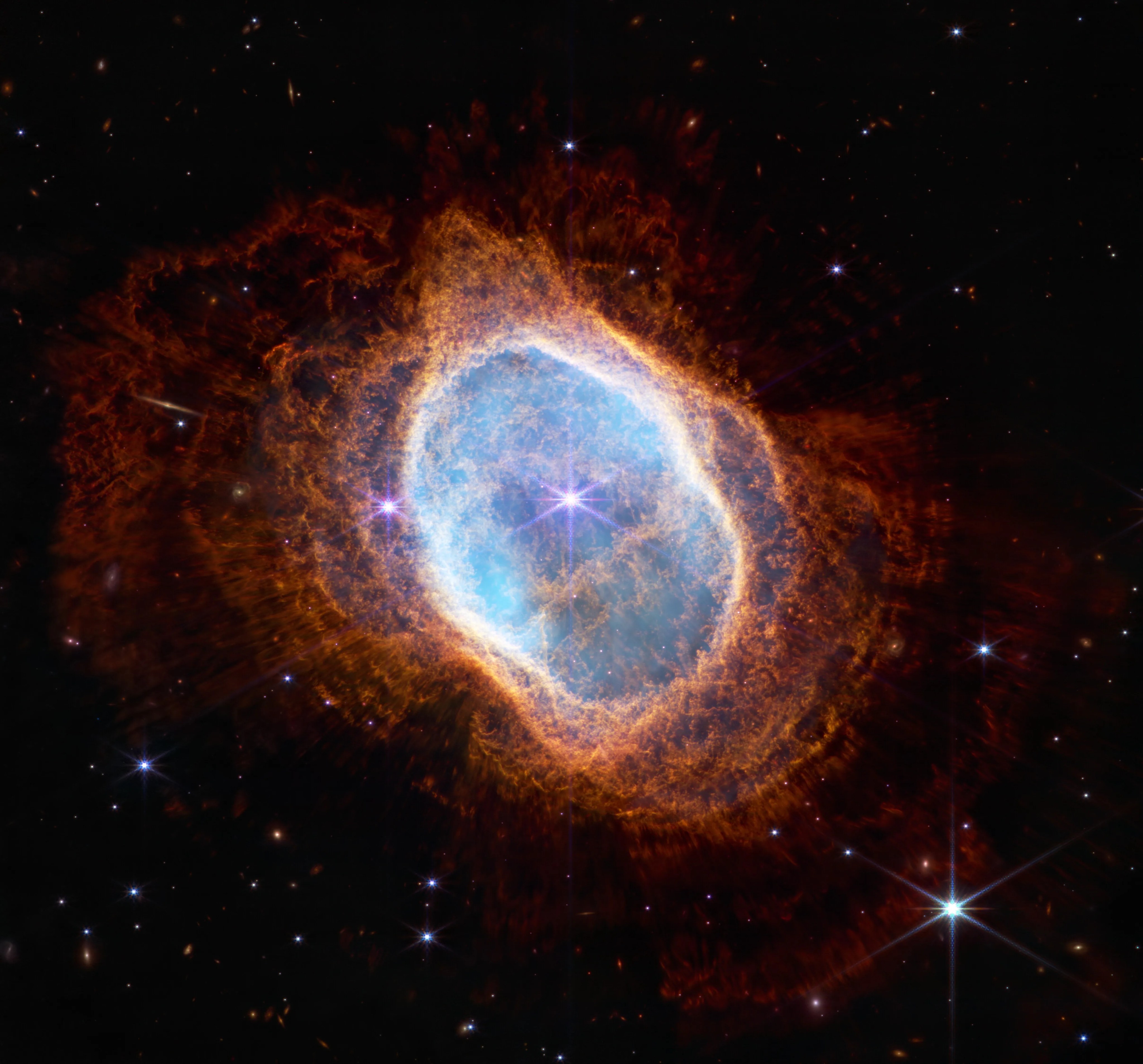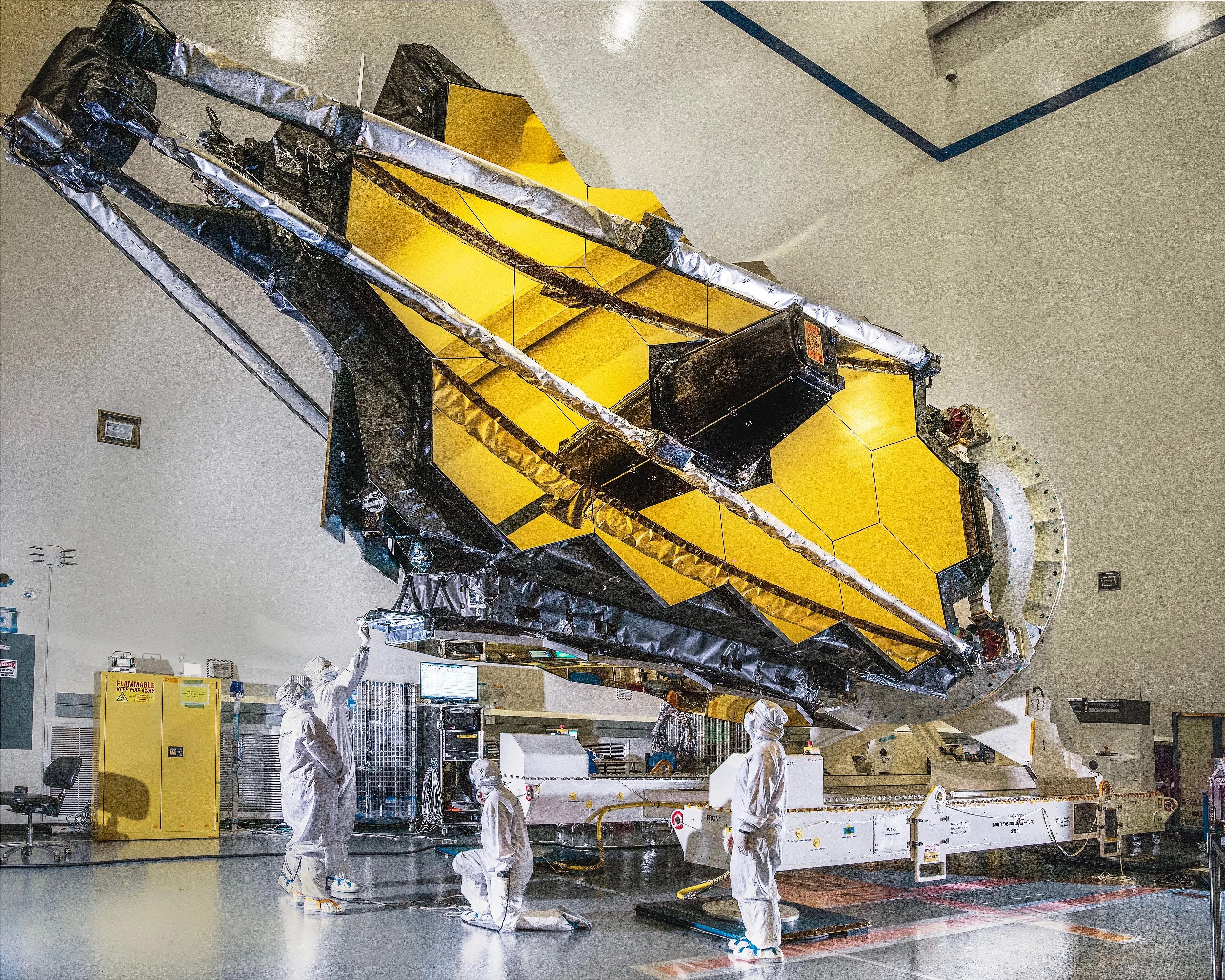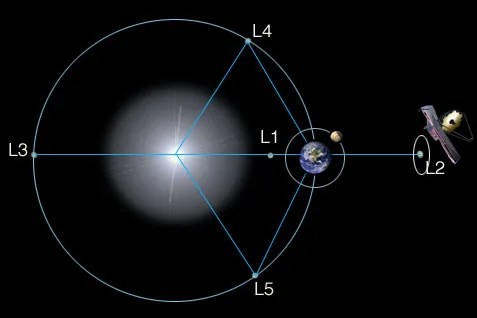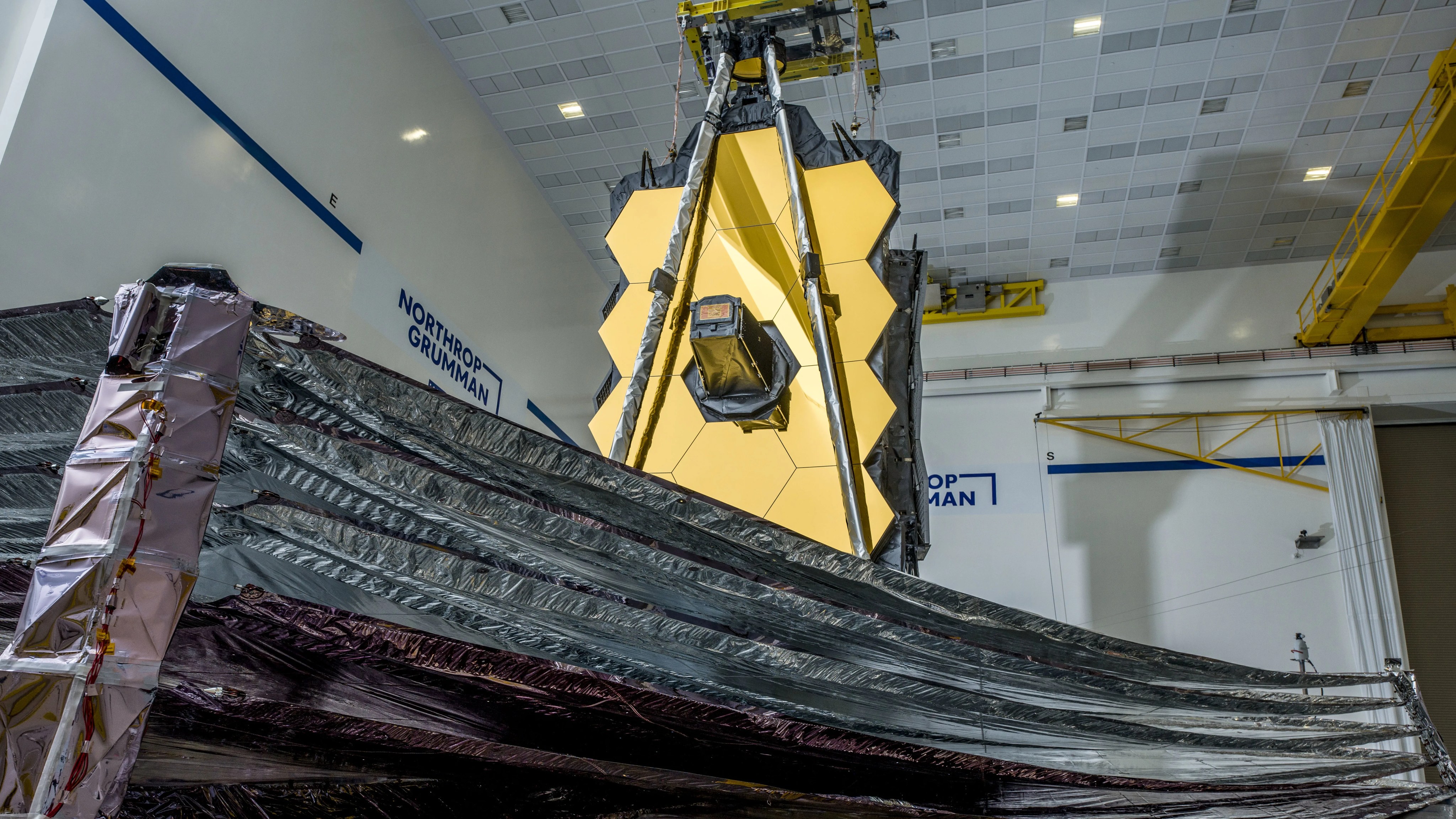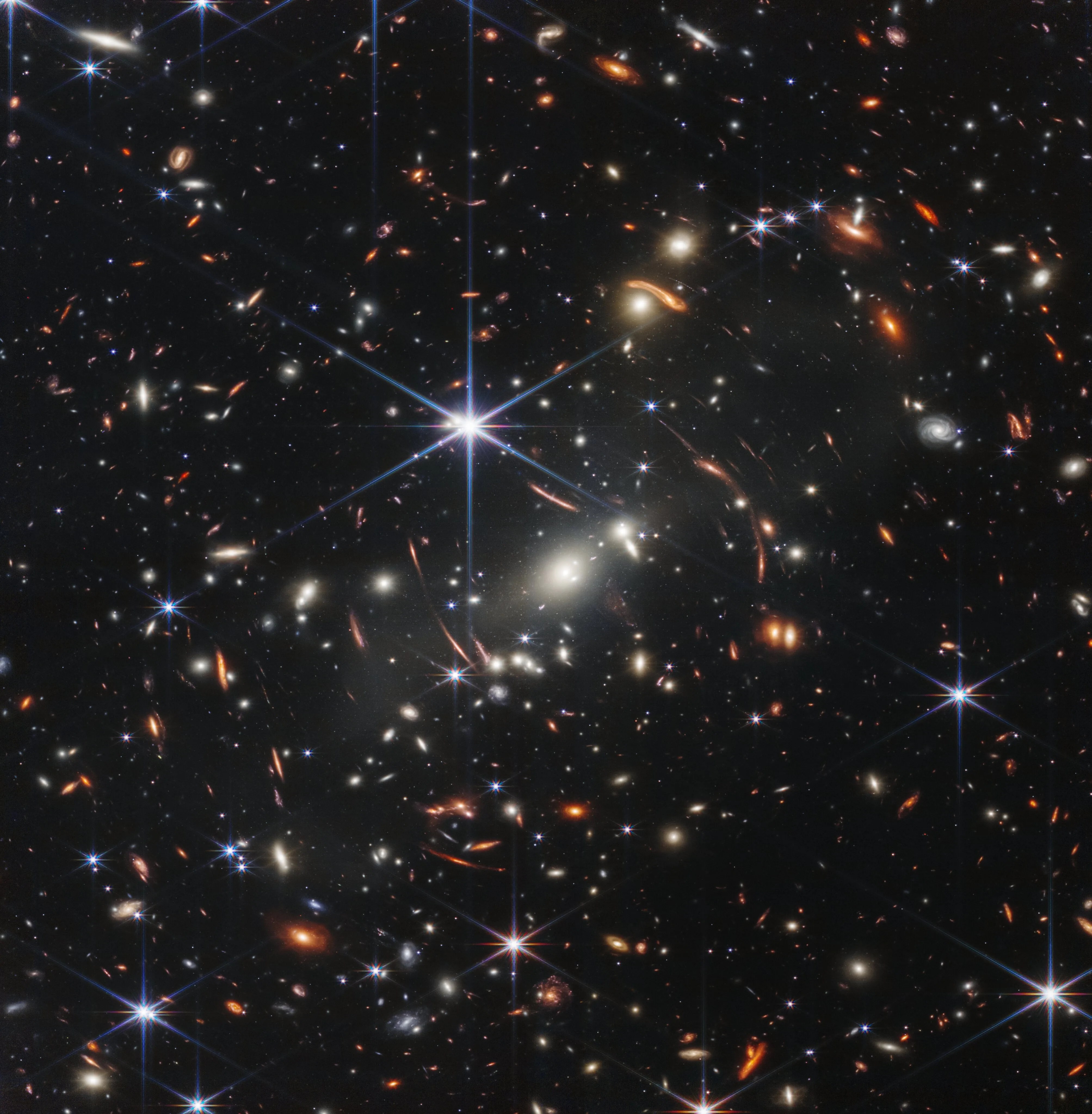James Webb Space Telescope
Webb is the premier observatory of the next decade, serving thousands of astronomers worldwide. It studies every phase in the history of our Universe.
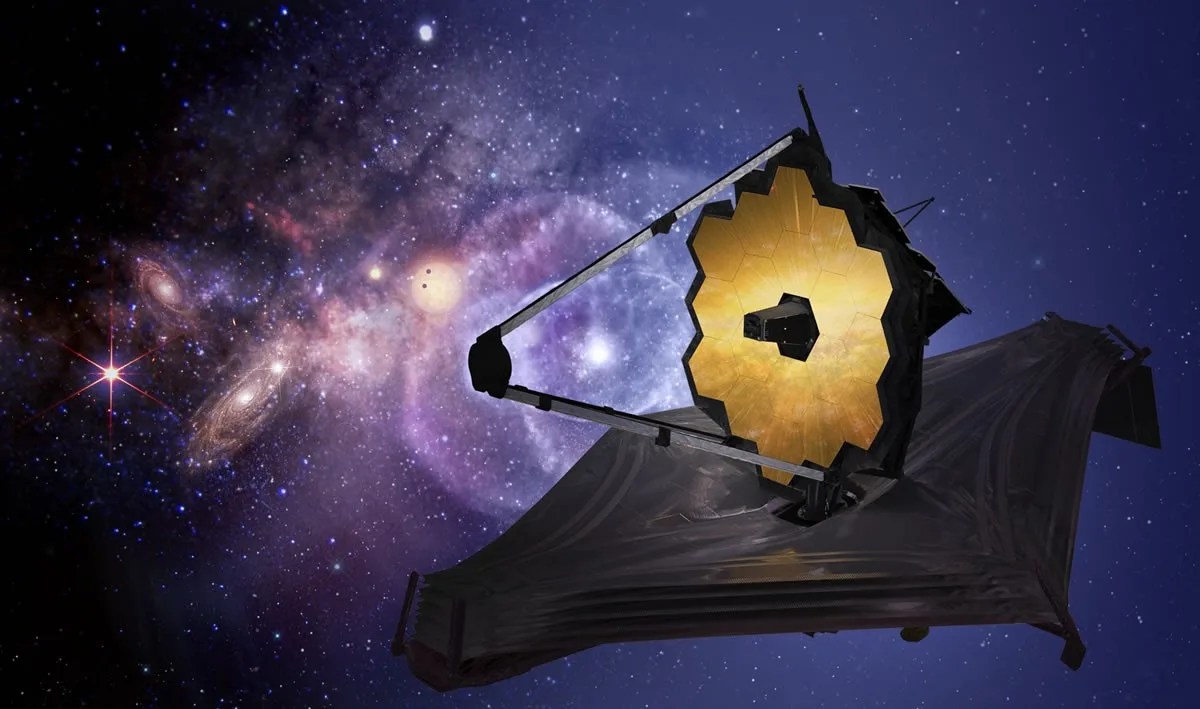
Key Facts
Featured Image/Article
An international team of astronomers using NASA’s James Webb Space Telescope has directly imaged an exoplanet roughly 12 light-years from Earth. The planet, Epsilon Indi Ab, is one of the coldest exoplanets observed to date.
The planet is several times the mass of Jupiter and orbits the K-type star Epsilon Indi A (Eps Ind A), which is around the age of our Sun, but slightly cooler. The team observed Epsilon Indi Ab using the coronagraph on Webb’s MIRI (Mid-Infrared Instrument). Only a few tens of exoplanets have been directly imaged previously by space- and ground-based observatories.

Latest News
Webb's latest news releases in reverse chronological order. Search and sort the news feed with the controls immediately below.
Webb's Blog
Webb's Blog posts offer an insider's point of view covering a variety of topics that include exciting Webb science images/spectra that are not yet peer reviewed and therefore not released as NASA feature articles ( IE the above official Webb News Feed). Blog posts are often co-authored by scientists and engineers and offer unique insights.
Read Webb's Blog
Latest Webb Blog
Reconnaissance of Potentially Habitable Worlds with NASA’s Webb
Small exoplanets are common in our galaxy, and some even orbit in the so-called habitable zone of their star. NASA’s James Webb Space Telescope has been busy observing a few of these small, potentially habitable planets, and astronomers are now hard at work analyzing Webb data. We invite Drs. Knicole Colón and Christopher Stark, two Webb project scientists at NASA’s Goddard Space Flight Center, to tell us more about the challenges in studying these other worlds.
Read More
Latest 2024 Images
The image below is a SLIDESHOW. Hover over the image to see the image title and controls. Click the image to go to a detail page with more info and the ability to download the image at various resolutions (click downward arrow in lower right corner).
More Webb Images
What is Webb Observing?
See current, upcoming and recent past observations scientists are making with the Webb Space Telescope. View details about each observation's science focus areas, the instruments used and more.
View the Tool
The Webb Mission
Webb is the premier observatory of the next decade, serving thousands of astronomers worldwide. It studies every phase in the history of our Universe, ranging from the first luminous glows after the Big Bang, to the formation of solar systems capable of supporting life on planets like Earth, to the evolution of our own Solar System.
Learn More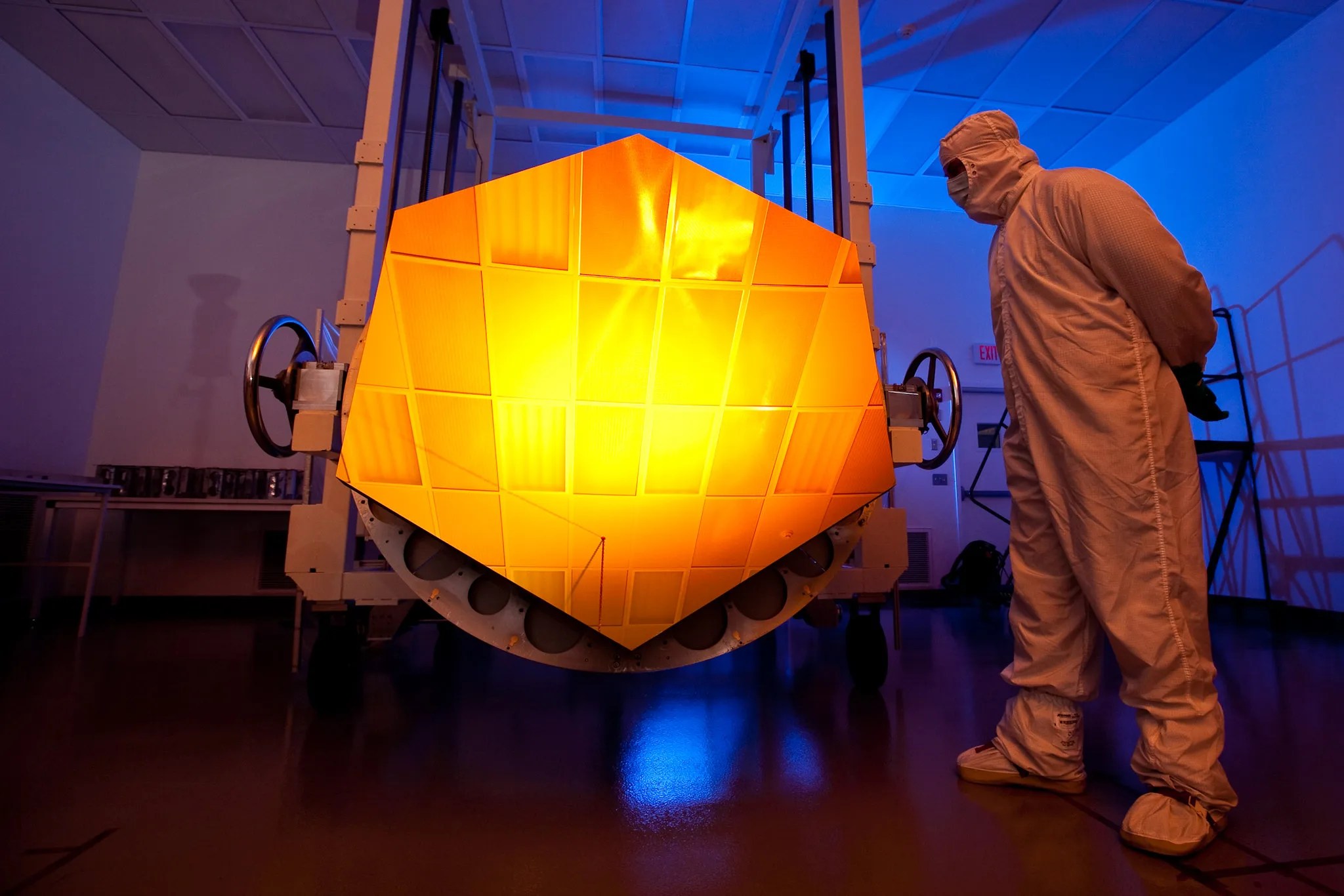
Webb's Science Goals
The James Webb Space Telescope is a giant leap forward in our quest to understand the Universe and our origins. Webb is examining every phase of cosmic history: from the first luminous glows after the Big Bang to the formation of galaxies, stars, and planets to the evolution of our own solar system. Learn about the 4 main science themes for Webb.
Learn More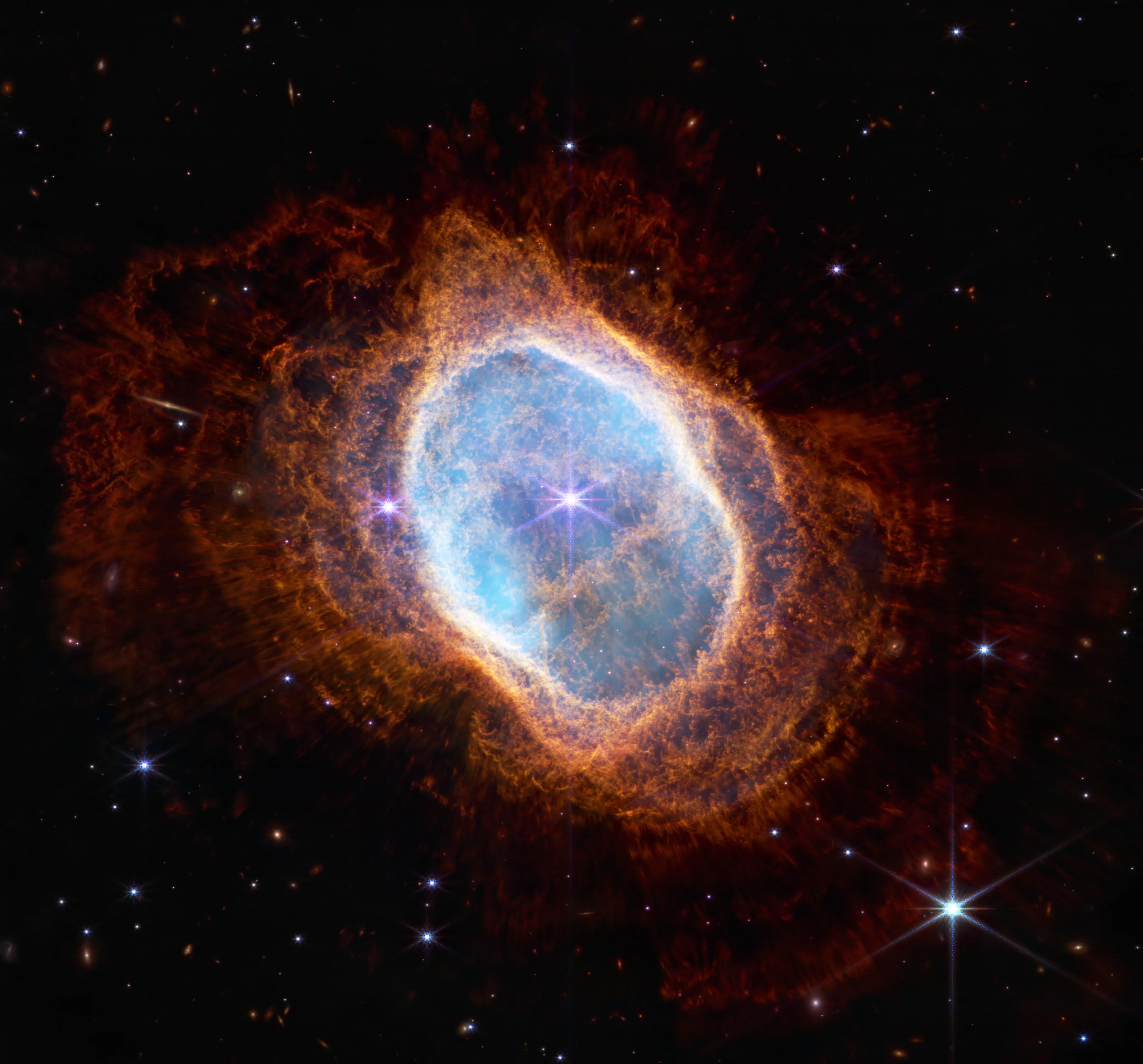
The Spacecraft
The Webb Space Telescope is the largest, most powerful and most complex telescope ever launched into space . It's design and development history stretches back before the Hubble Space Telescope was launched. Learn about the design, the major components and subsystems of Webb and see Webb in 3d in a 3d Solar System.
Learn More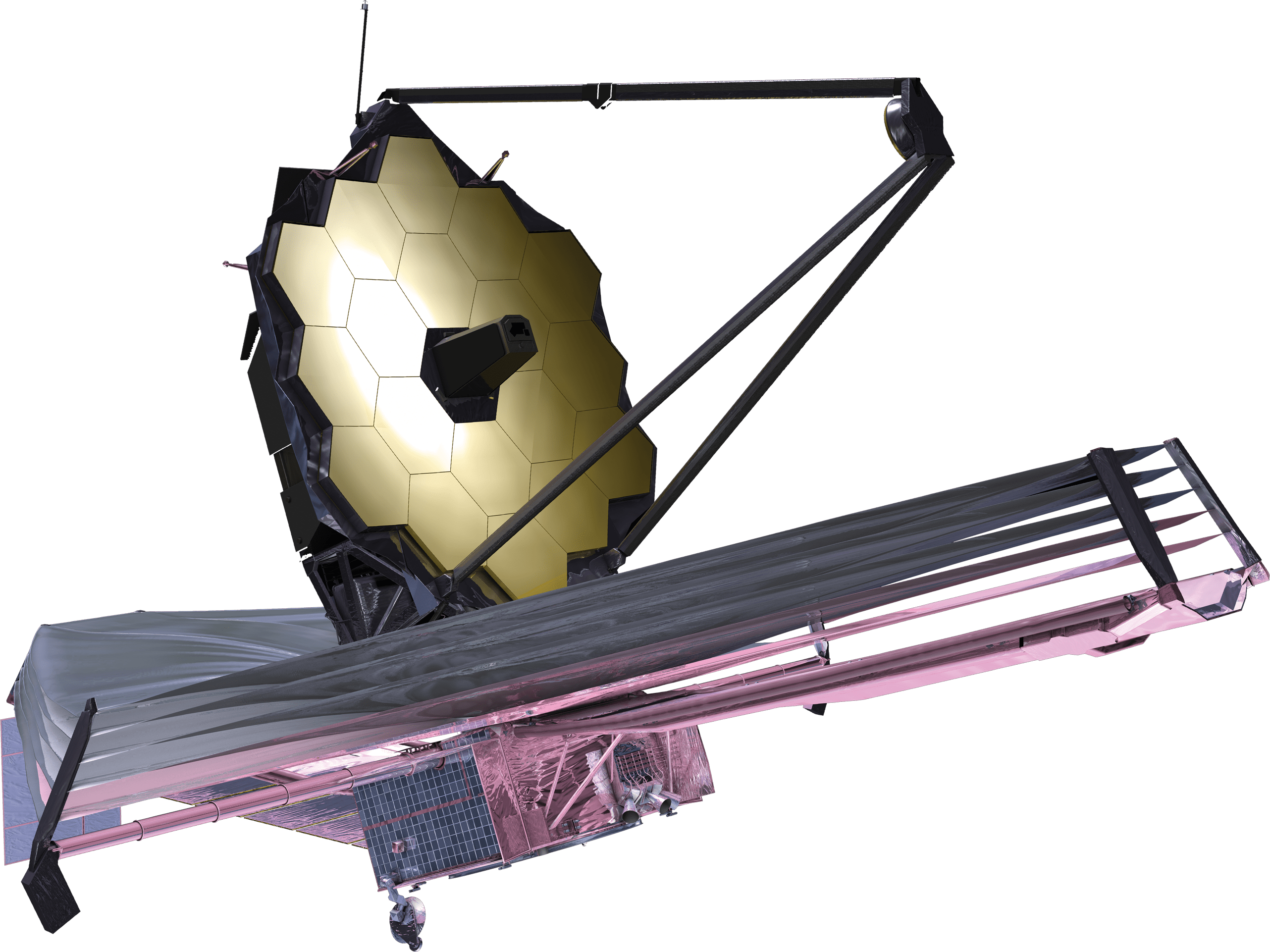
The International Webb Team
Webb is for the world, and from the world. Thousands of skilled scientists, engineers and technicians from 14 countries (and more than 29 U.S. states, and Washington, D.C.) contributed to the design, build, test, integration, launch, commissioning and operations of Webb. It is a joint NASA/ESA/CSA mission. Assembly and testing of the mirror and instruments occurred at NASA Goddard (GSFC).
Learn More

